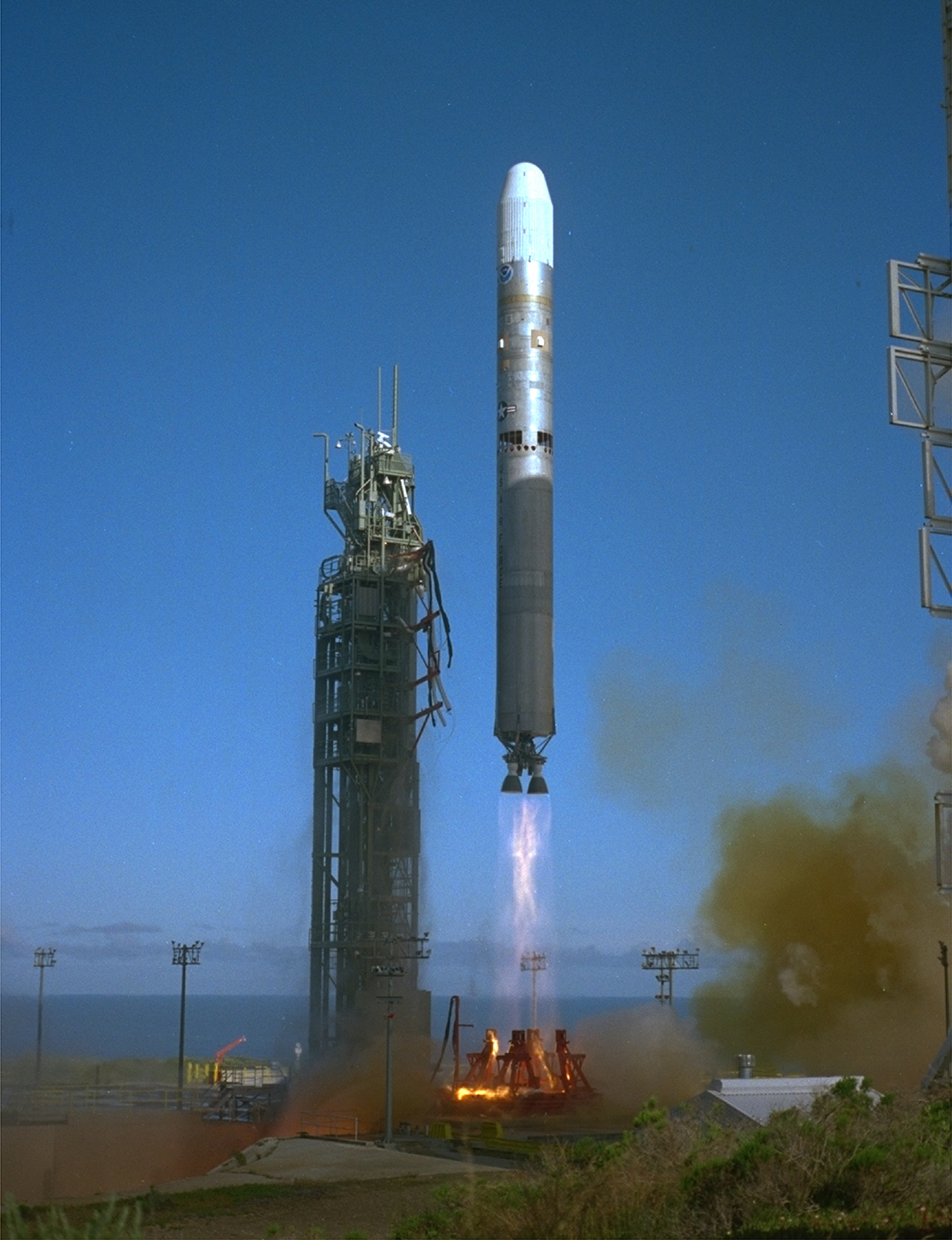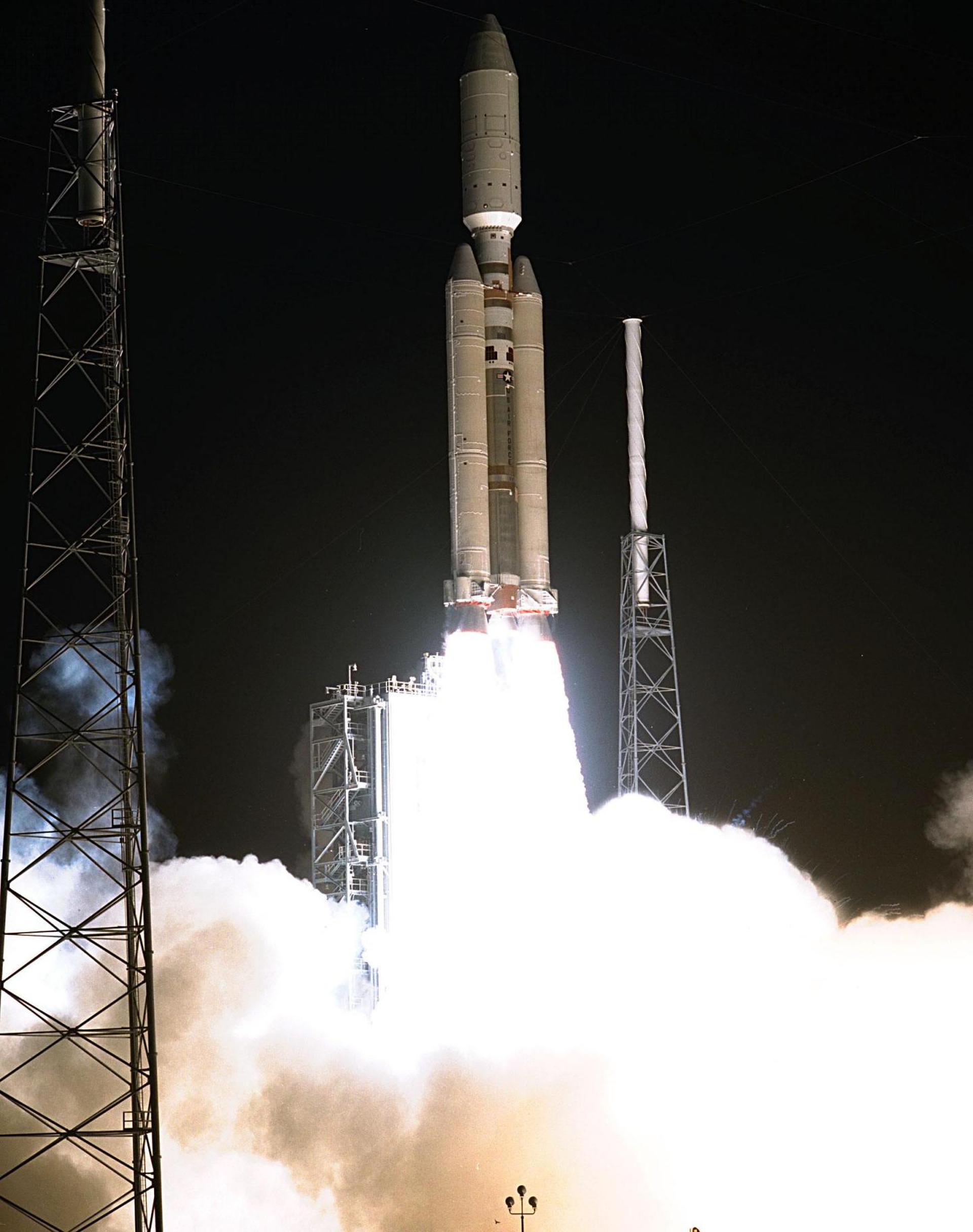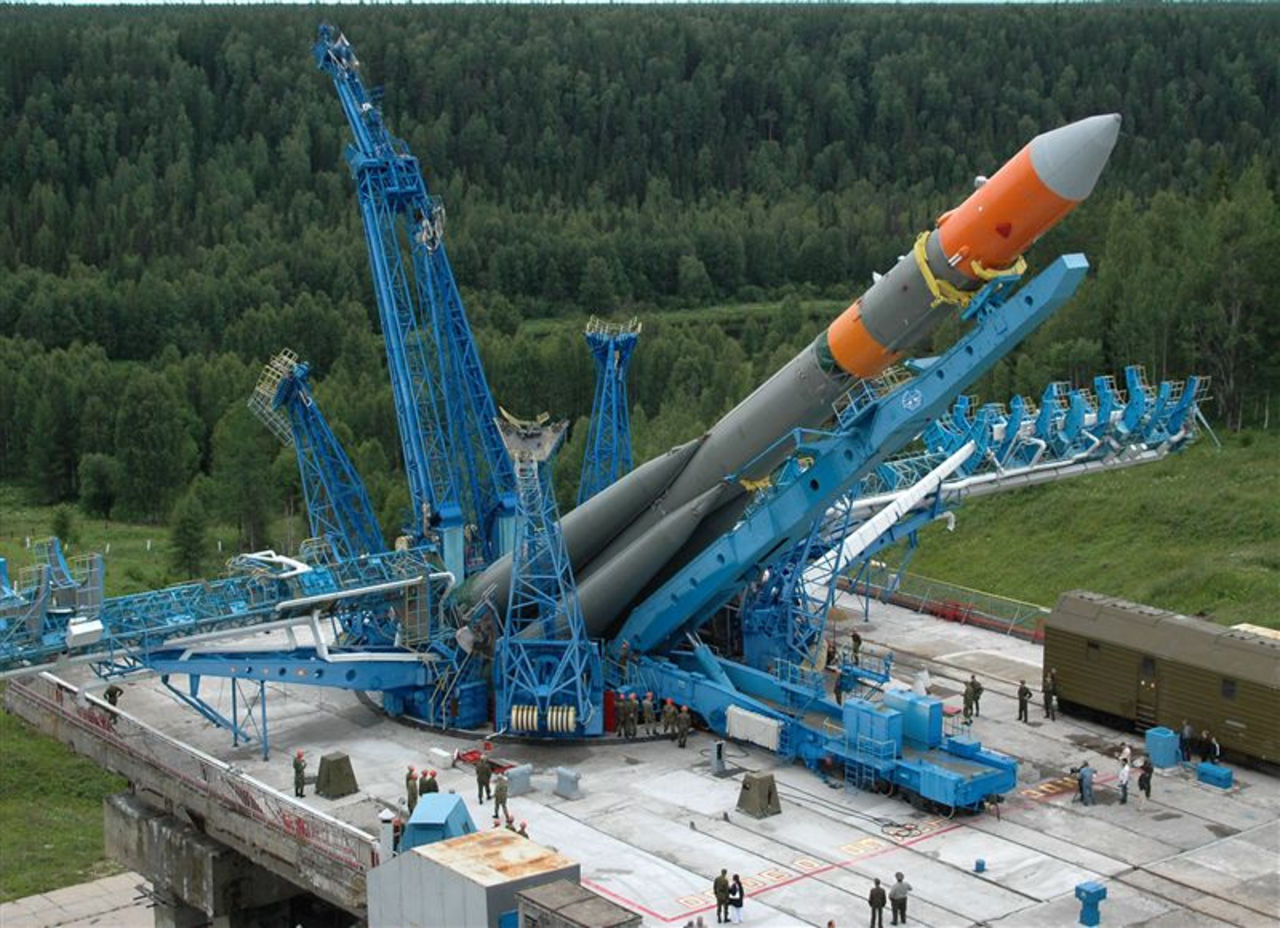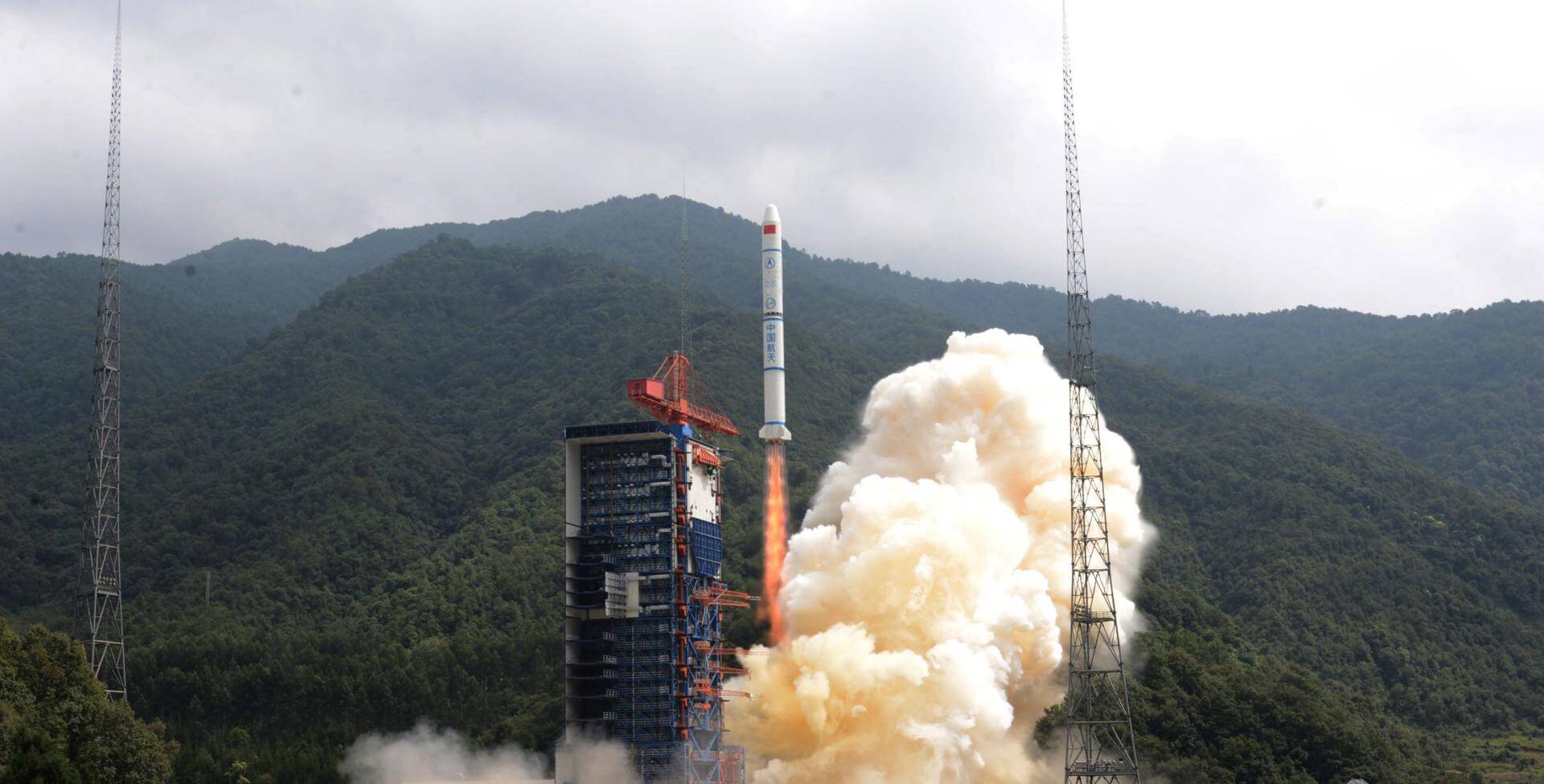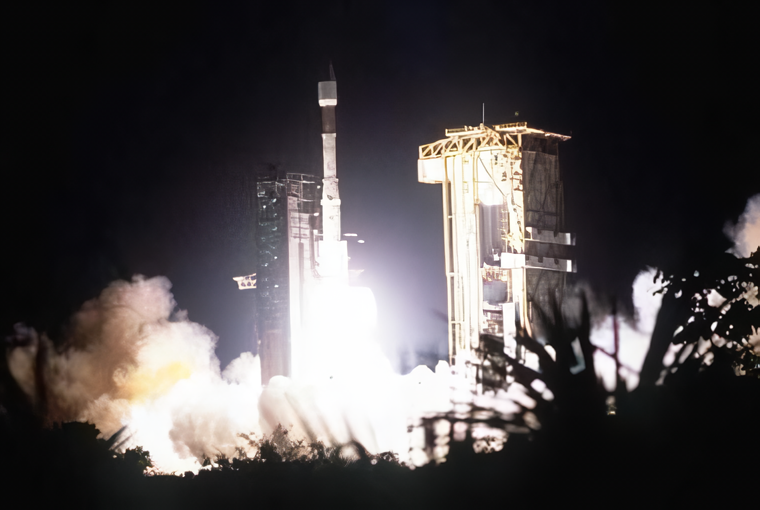Previous Spaceflight Launches
Filter by Agency, Locations or Vehicles
Show All LaunchesSoyuz U | Progress M-39
Russian Federal Space Agency (ROSCOSMOS) | RussiaBaikonur Cosmodrome, Republic of Kazakhstan
May 14, 1998, 10:12 p.m.
Titan II SLV | NOAA 15
Lockheed Martin | United States of AmericaVandenberg SFB, CA, USA
May 13, 1998, 3:52 p.m.
Status: Launch Successful
Mission:
The NOAA K, L and M POES satellites begin the fifth generation of improved environmental monitoring in support of NOAA missions. The instrument payload has significant improvements and additions/deletions. The instrument changes have effected the spacecraft subsystems and data formats.
Sun-Synchronous OrbitTitan IVB | NROL-6
Lockheed Martin | United States of AmericaCape Canaveral SFS, FL, USA
May 9, 1998, 1:38 a.m.
Status: Launch Successful
Mission:
The Orion 3 and 4 (RIO 3, 4) satellites, which are generally known as 'Advanced Orion' or 'Mentor', are geostationary signals intelligence satellites, which replaced the Magnum / Orion series. Their purpose is to intercept missile telemetry from Russia and China and the COMINT capability of the Mercury satellites was merged into this series. These satellites are launched under the designation Program 7600.
Geostationary OrbitProton-K/DM-2M | Echostar IV
Khrunichev State Research and Production Space Center | RussiaBaikonur Cosmodrome, Republic of Kazakhstan
May 7, 1998, 11:45 p.m.
Status: Launch Successful
Mission:
Echsostar 4 should have replaced EchoStar 1 at 119°W which would then have moved to 148°W (where only 24 transponders have been granted to EchoStar). After launch, the satellite has experienced anomalies in connection with solar panel deployment (two of five panels on one solar array have not unfolded). Therfore several transponders are not operational, so EchoStar 4 did not replace EchoStar 1. In Jul 1999 further anomalies with thermal control and fuel systems were reported. Only 16 transponders are reported to be operational. EchoStar has filled for constructive total loss of the satellite, which was insured for $220 million. In Jun 1999 the FCC approved a move request to 110°W to allow EchoStar to start broadcasting from there. Earlier the FCC granted to transfer of the 110°W licence of MCI to EchoStar. During May 1999, EchoStar IV experienced anomalies affecting transponders, heating systems and the fuel system. In July 1999, additional fuel system anomalies were confirmed. By 31 October 2000, a total of 26 transponders of 44 aboard failed and by 30 June 2002, 38 transponders had failed. Only six transponders were available for use at this time. Currently the satellite functions as an in-orbit spare. In September 2004, the jammed solar array deployed spontaneously.
Geostationary OrbitMolniya-M | US-K 79
Russian Space Forces | RussiaPlesetsk Cosmodrome, Russian Federation
May 7, 1998, 8:53 a.m.
Long March 2C/SD | Iridium 69 & 71
China Aerospace Science and Technology Corporation | ChinaTaiyuan Satellite Launch Center, People's Republic of China
May 2, 1998, 9:16 a.m.
Status: Launch Successful
Mission:
Iridium provides global mobile telecommunications services using a constellation of 66 low earth orbit satellites in a 86.4° inclined orbit. Although 77 satellites were originally envisioned for the system and spawned the name based on the 77th element in the periodic table, the system has been scaled back. Motorola's Satellite Communications Group designed and manufactured the Iridium satellites with Lockheed Martin providing the LM-700A spacecraft buses.
Low Earth OrbitProton | US-KMO 4
Khrunichev State Research and Production Space Center | RussiaBaikonur Cosmodrome, Republic of Kazakhstan
April 29, 1998, 4:36 a.m.
Ariane 44P | Nilesat 101 & BSat 1b
Aérospatiale | FranceGuiana Space Centre, French Guiana
April 28, 1998, 10:53 p.m.
Status: Launch Successful
Mission:
With the launch of Nilesat 101 on 28 April 1998, delivering more than 100 digital TV channels as well as radio and multimedia services to more than five million homes over the whole of North Africa from Morocco to the Persian Gulf, Egypt became the first African country to have its own direct TV broadcast satellite. A second satellite, Nilesat 102, was launched in 2000, and the Nilesat system now broadcasts more than 150 digital TV channels and provides additional services such as data transmission, turbo internet and multicasting applications. BSAT-1a and -1b replaced the two BS-3 spacecraft used for DBS services, including Hi-Vision test broadcasts, by NHK, WOWOW, and others. Hughes selected the Ariane rocket as the launch vehicle for the BSAT-1 spacecraft. BSAT-1a was launched 16 April 1997 from the Guiana Space Center in Kourou, French Guiana. BSAT-1b was also launched from Kourou on 28 April 1998. The two satellites are located at 110 degrees East longitude.
Geostationary OrbitDelta 7420-10C | Globalstar 6, 8, 14, 15
McDonnell Douglas | United States of AmericaCape Canaveral SFS, FL, USA
April 24, 1998, 10:38 p.m.
Status: Launch Successful
Mission:
The Globalstar global mobile communications network offers global, digital real time voice, data and fax via a constellation of 48 minisatellites. The constellation operates in a 1410 km orbit inclined at 52 degrees, and will also have 8 spares. The satellites were built by Space Systems Loral and Alenia Aerospazio in Rome, Italy.
Low Earth OrbitSpace Shuttle Columbia / OV-102 | STS-90
National Aeronautics and Space Administration | United States of AmericaKennedy Space Center, FL, USA
April 17, 1998, 6:19 p.m.
Status: Launch Successful
Mission:
STS-90 was a 1998 Space Shuttle mission flown by the Space Shuttle Columbia. The 16-day mission marked the last flight of the European Space Agency's Spacelab laboratory module, which had first flown on Columbia on STS-9, and was also the last daytime landing for Columbia.
Low Earth Orbit
